Alessandro Michelazzi has photographed campaigns for Google, Huawei, and Mont Blanc. Discover his tips for natural portraits, composition, and post-processing.
Meet Alessandro Michelazzi, a portrait, fashion, and lifestyle photographer who is also a history buff and constantly takes inspiration from both old masters and up-and-coming artists. His photoshoot locations range from residential rooftops and wheatfields to places like Caffè Florian, the oldest coffee shop in Italy. Impressed yet?
In this Chaos Campus Live recap, we give you a glimpse into how he approaches his craft, as well as some practical advice that you can apply before you snap your next image.
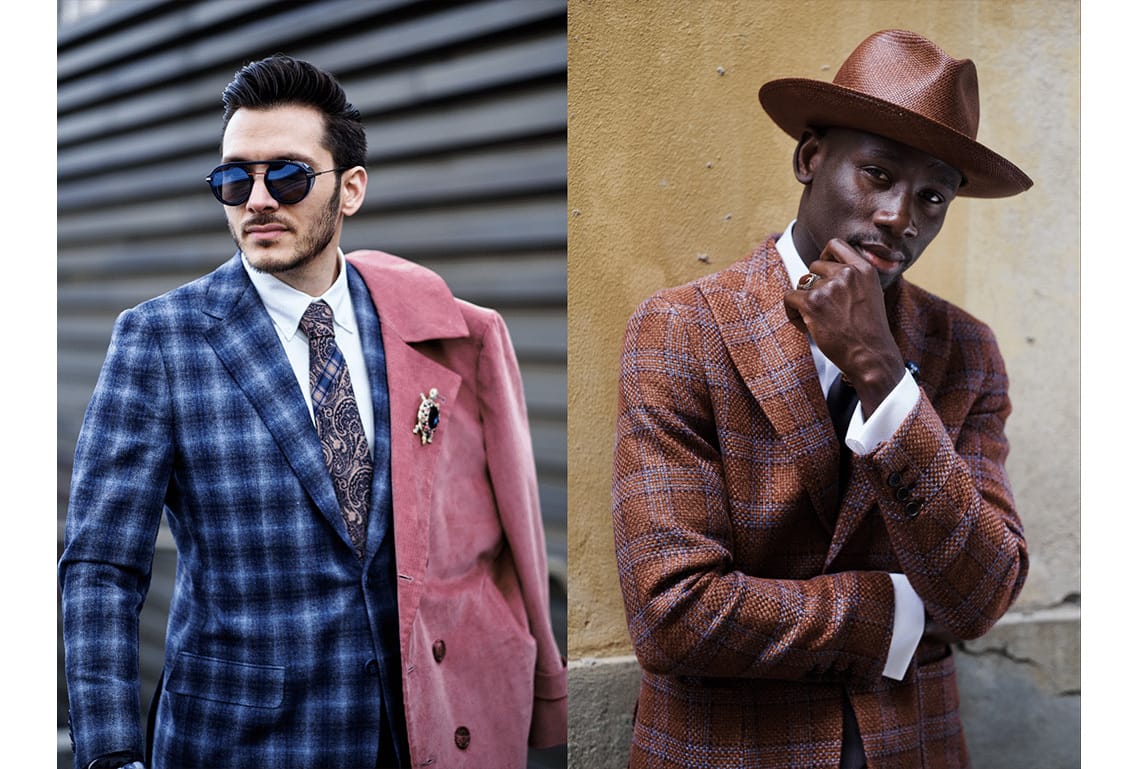
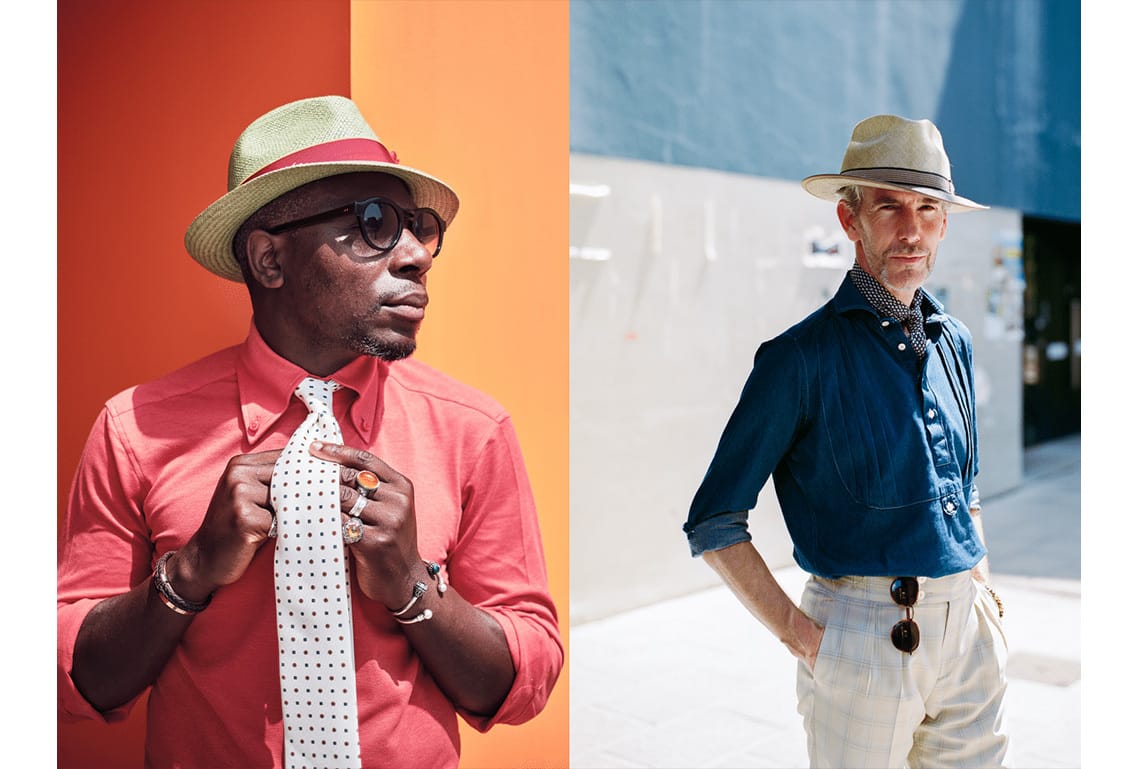
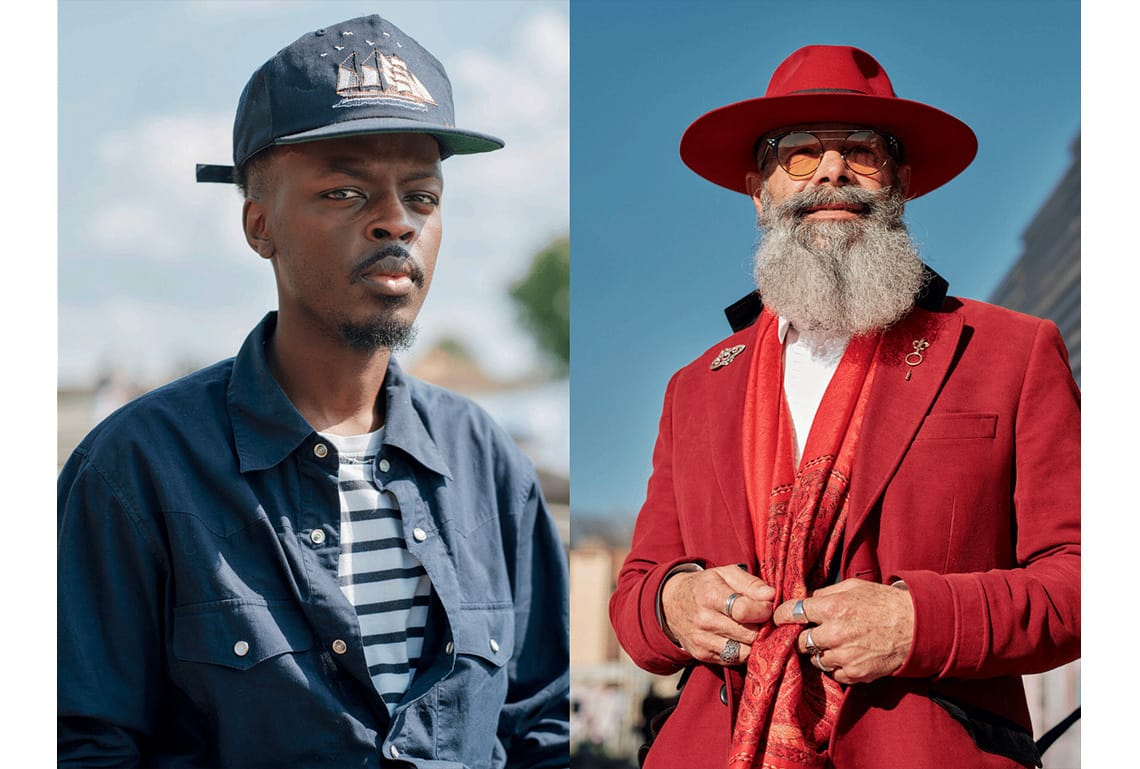
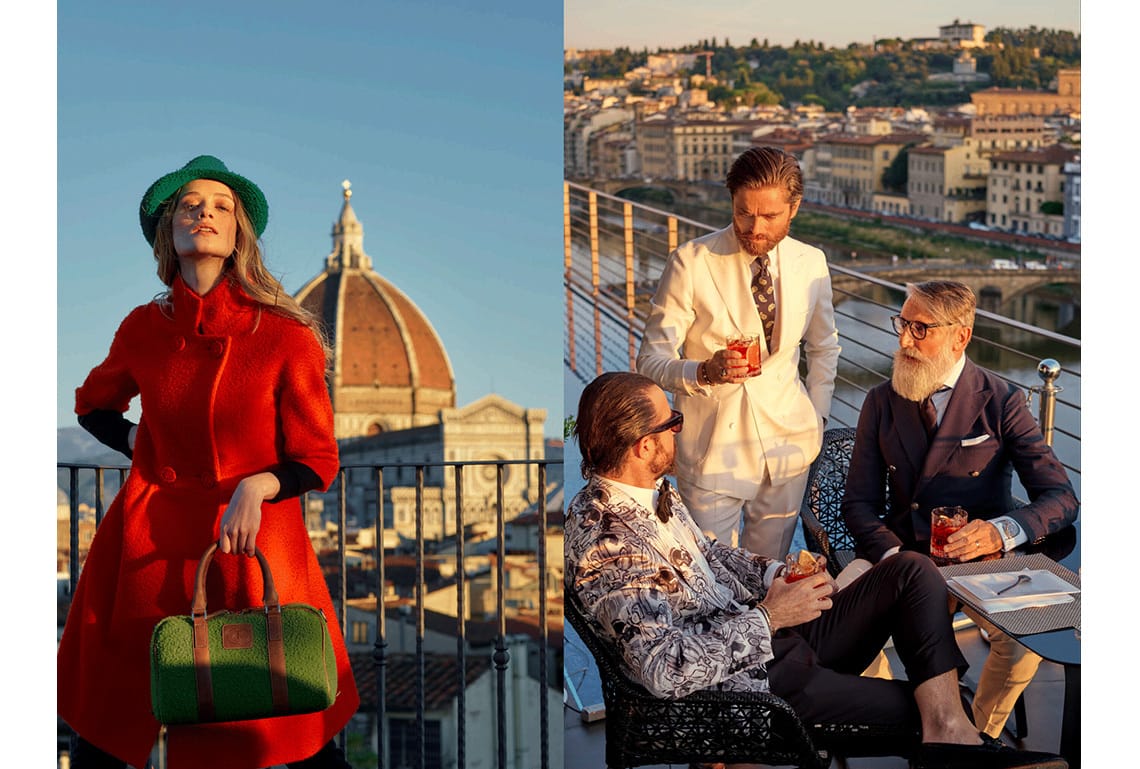


What do you enjoy about fashion photography?
Fashion photography carries this aura that it’s really high above other art forms, but the truth is that it’s just working like a director. You have to direct people because a lot of the time, when you're doing fashion shoots, there is a huge team working behind the scenes: the stylists, makeup, and set team. I like being a director, it’s what I enjoy most about fashion photography.
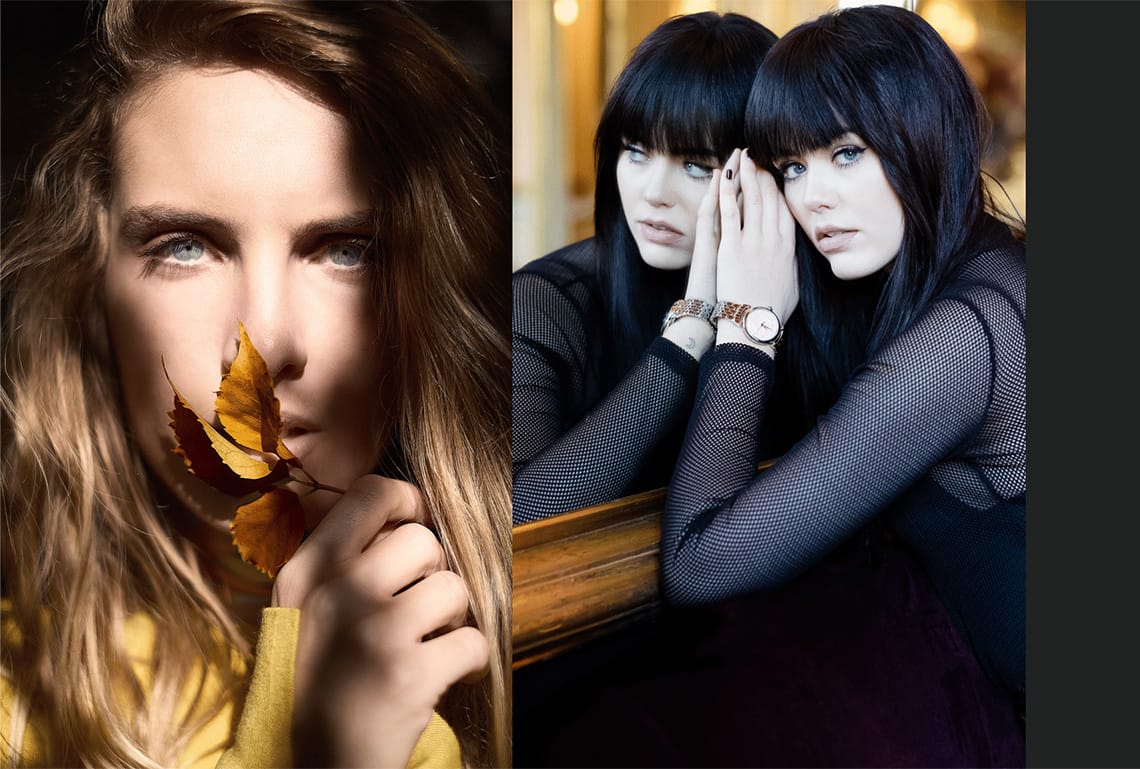
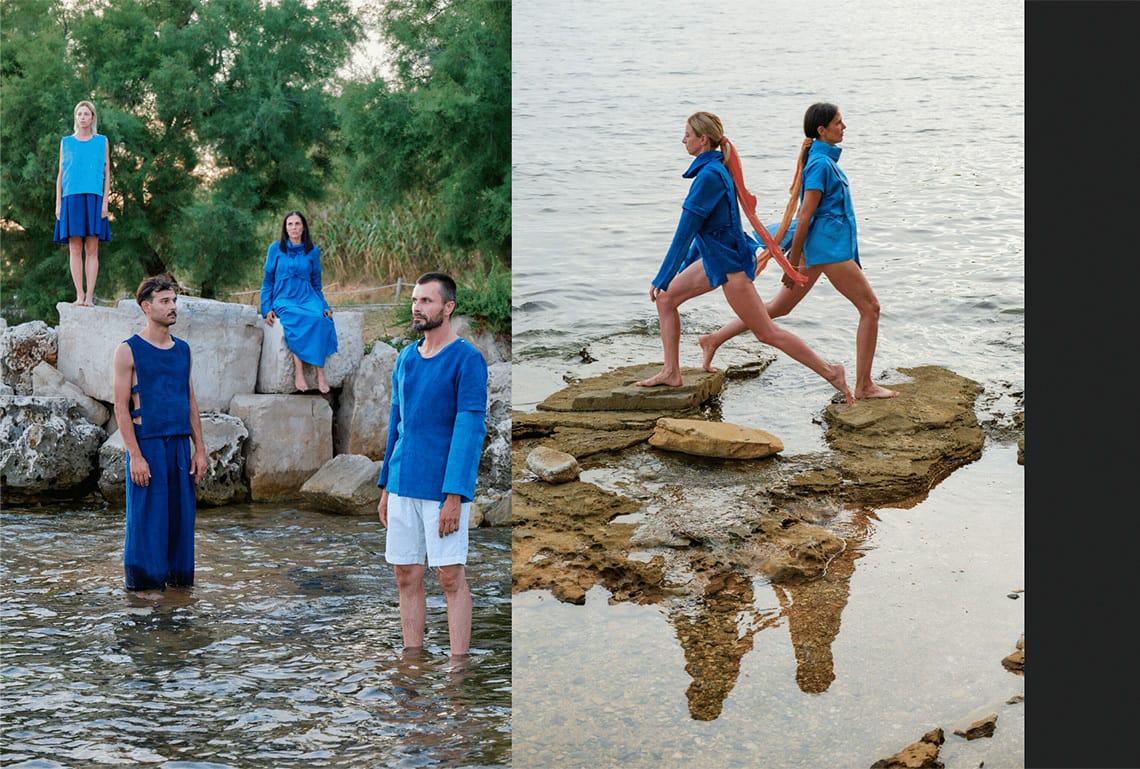
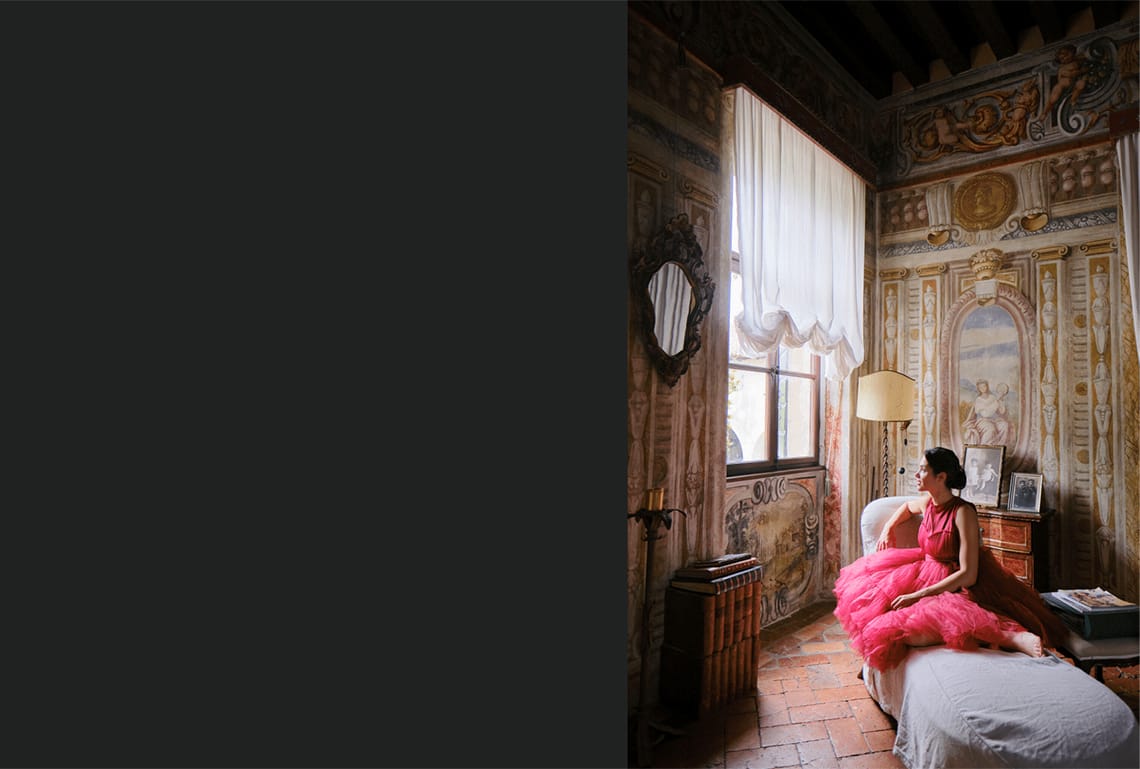
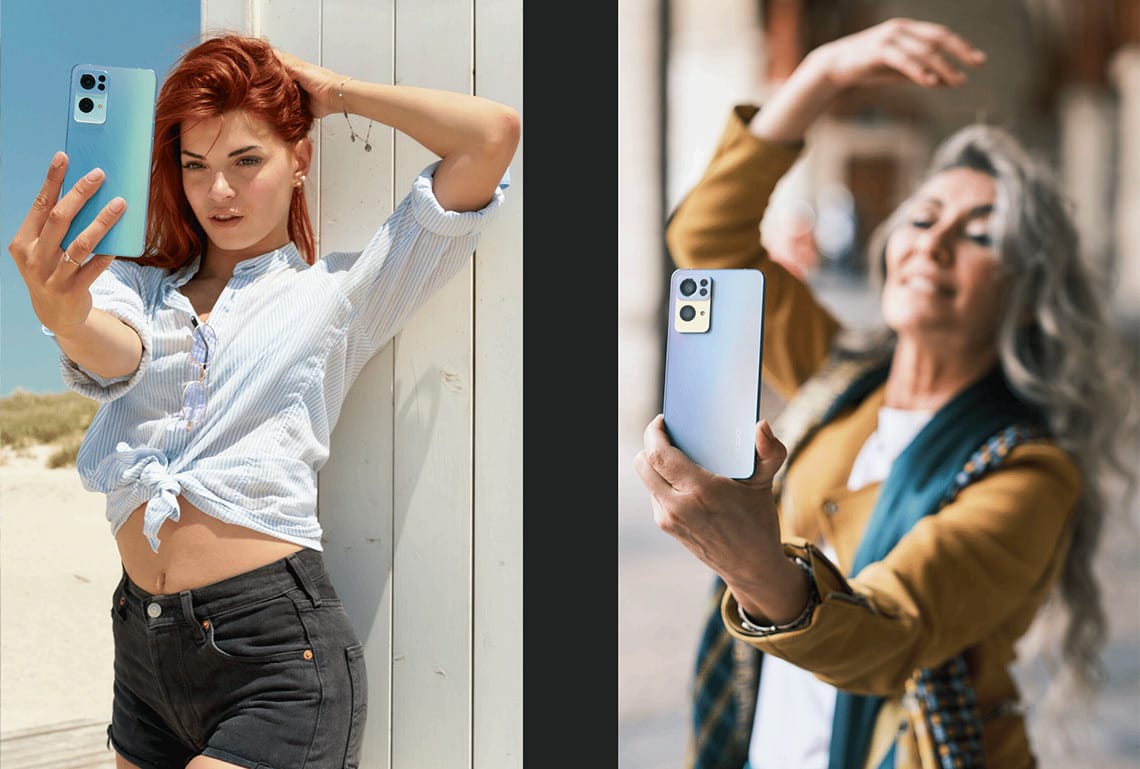
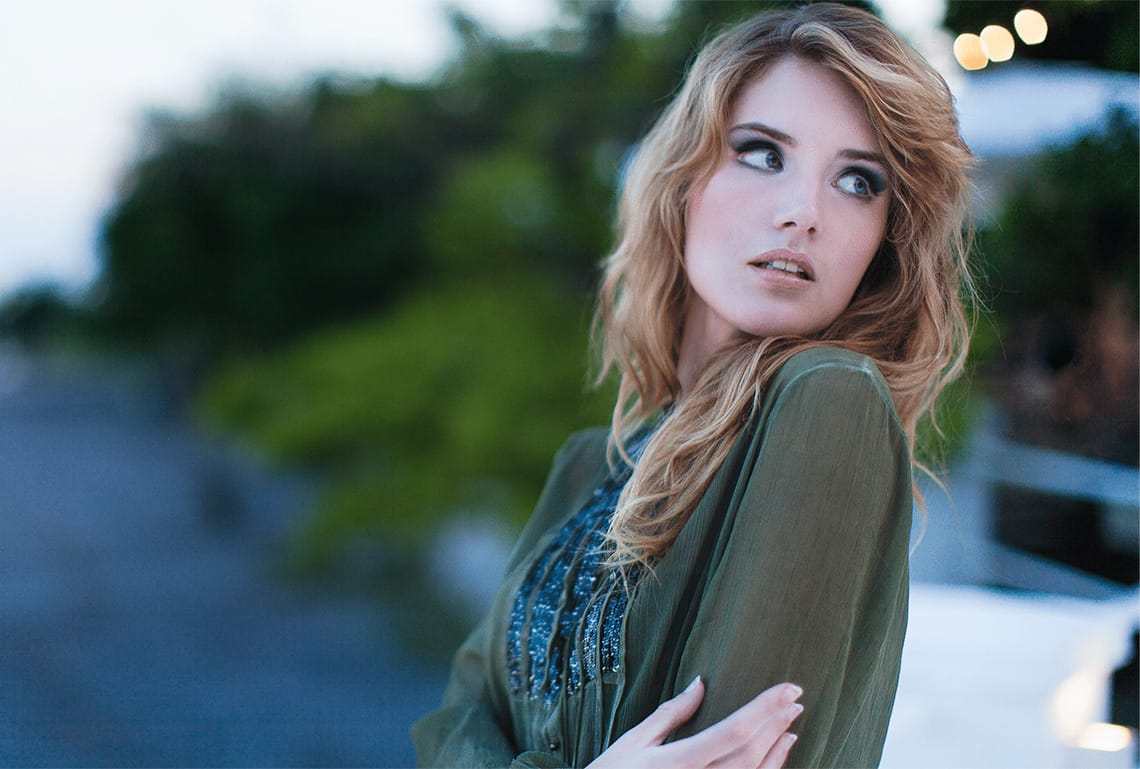


Do you prefer shooting in color or black and white?
I discovered color photography at the beginning of my work, so I’ve always loved it, even though I’ve photographed in black and white as well. In the last few years, I made the decision to shoot only in color. So right now, I’m always focusing on different ways of balancing the colors and ensuring good composition.
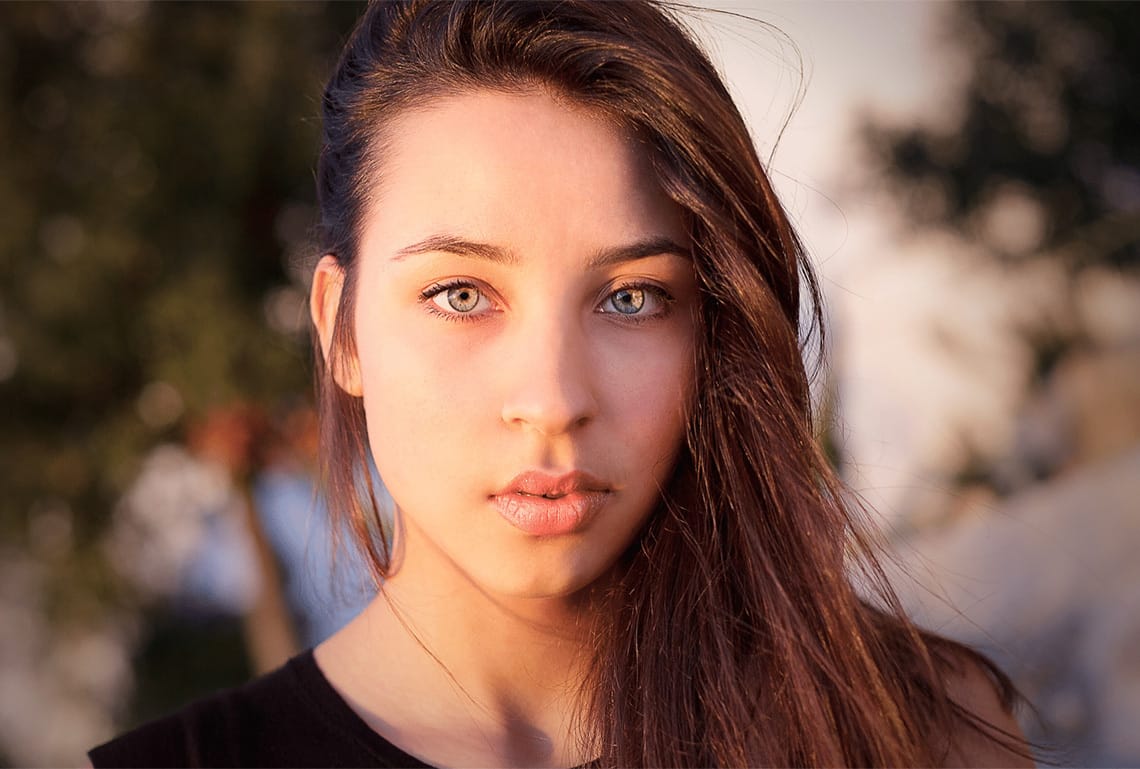
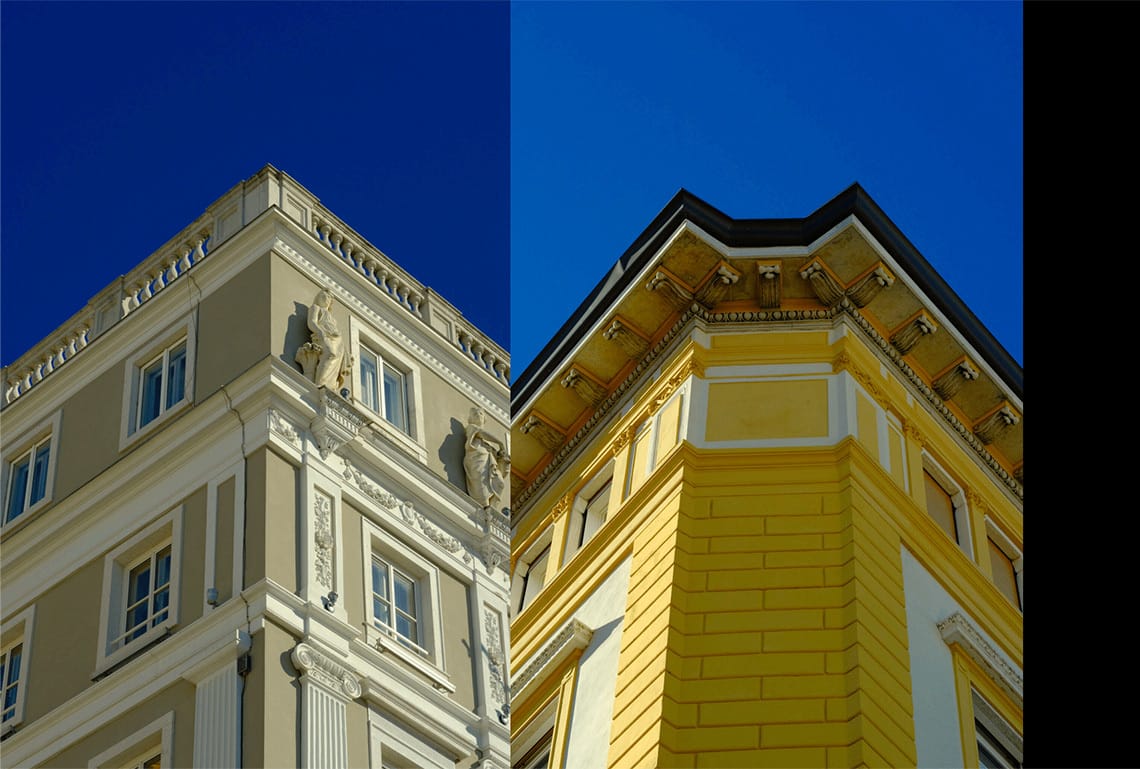
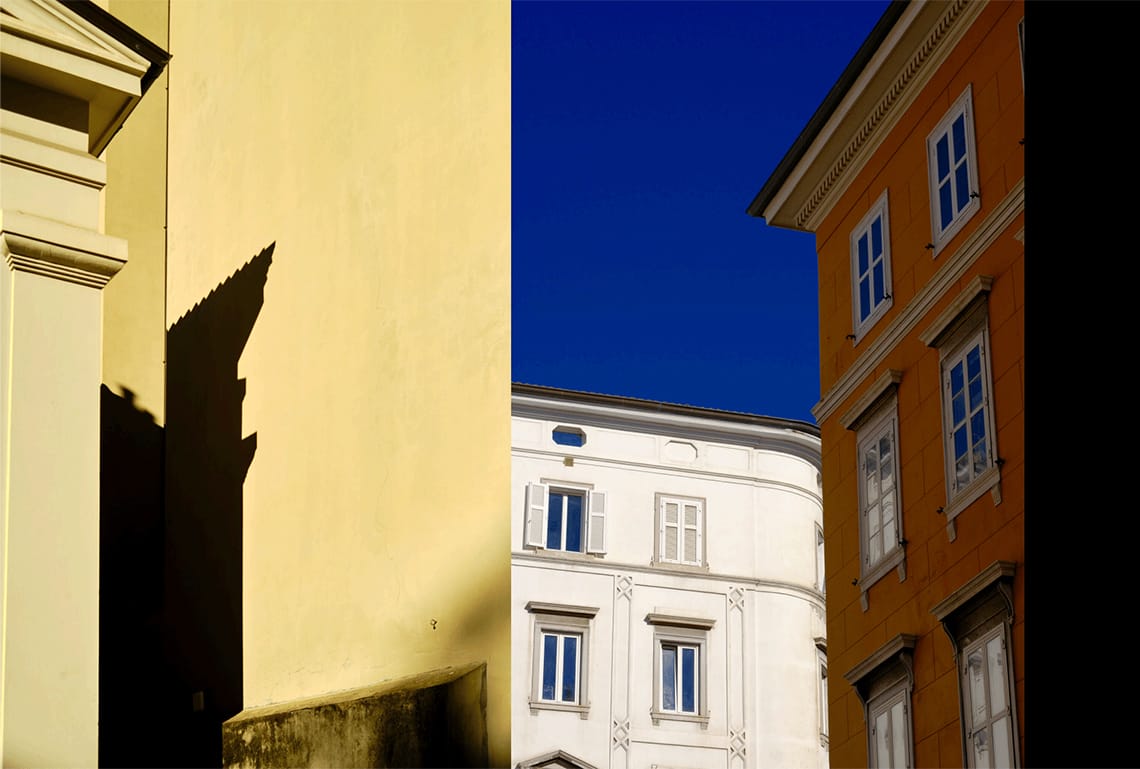
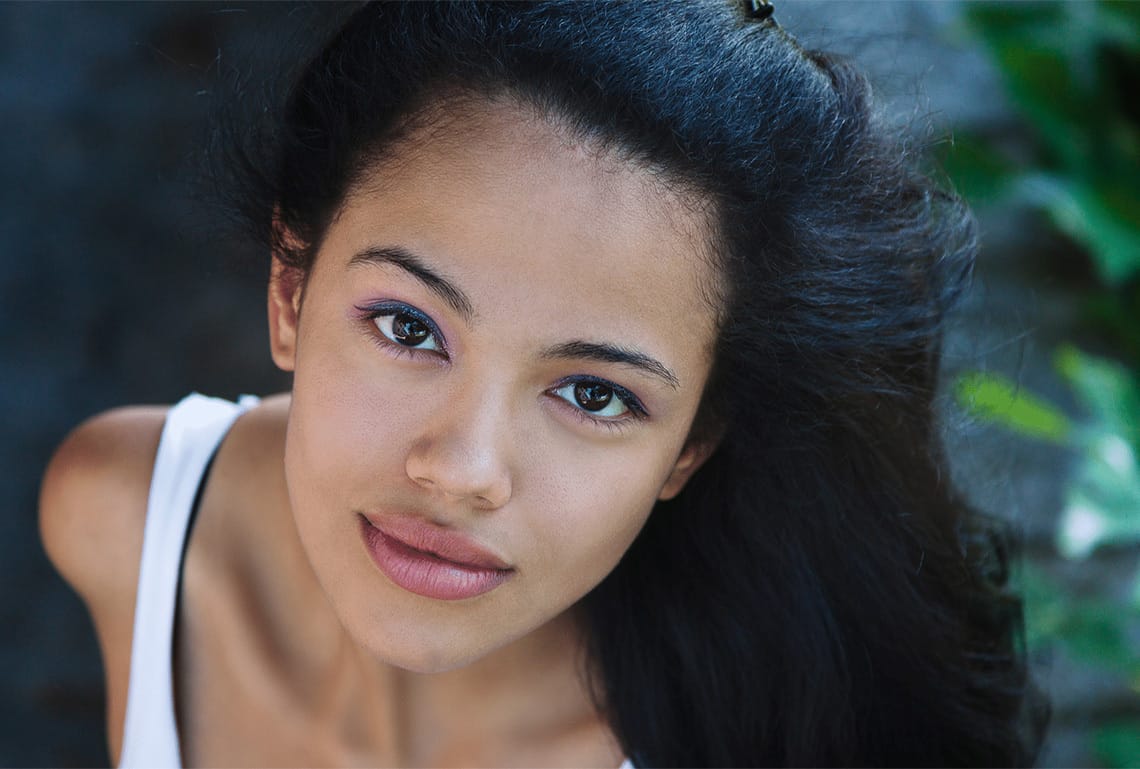


Can you talk a bit about using parallel vertical lines in your work?
When photographing architecture, the lines are almost perfect and straight. However, when we are talking about portraits and people, the most important thing is to get the expression of the person and to capture the moment. When you look at important photographers, you will notice that a lot of the photos are a bit off and definitely not perfect. They’re not straight, and a bit turned to one side. Of course, with digital software today, we can easily correct this, but not all the time. If everything is too aligned and you strain your eye to match things up perfectly, the image will look a bit artificial. I would advise keeping that in mind for portraits and people.
Imperfection in architecture, of course, is totally different. And I agree that the lines have to be straight. If you’re taking a picture of the horizon and the sea, the horizon must be straight., If you want to tilt, tilt a lot, so your viewer knows it’s intentional and not a mistake.
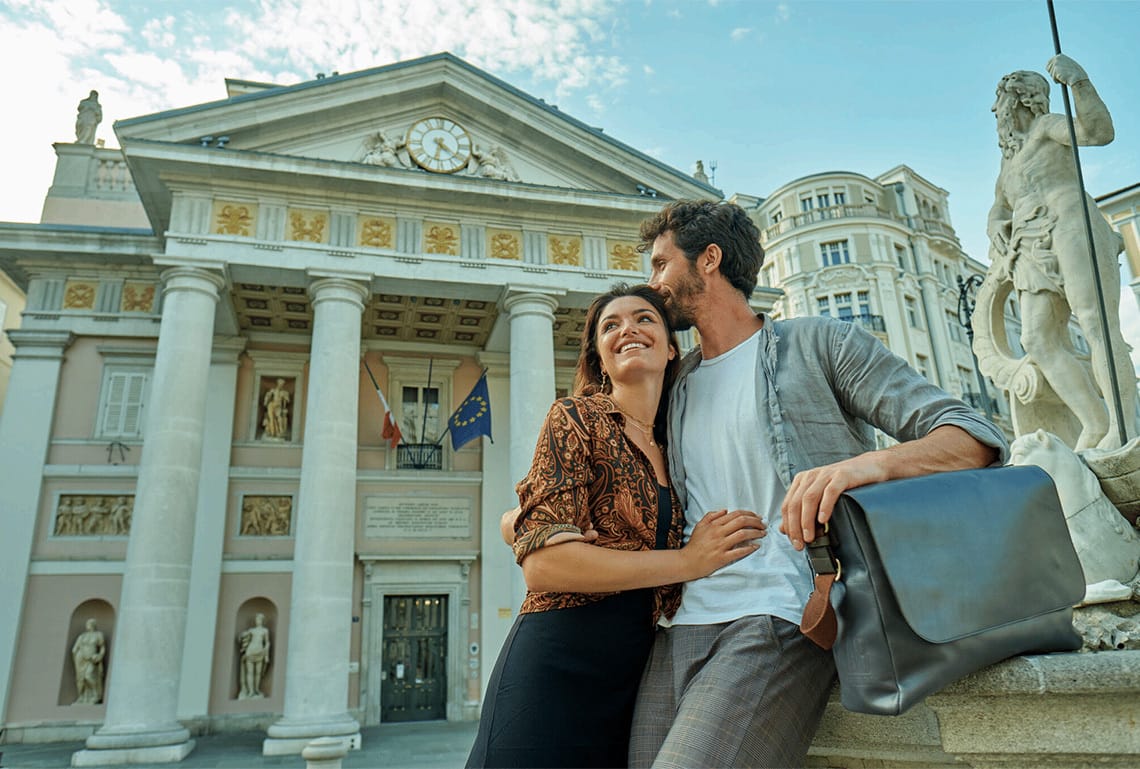
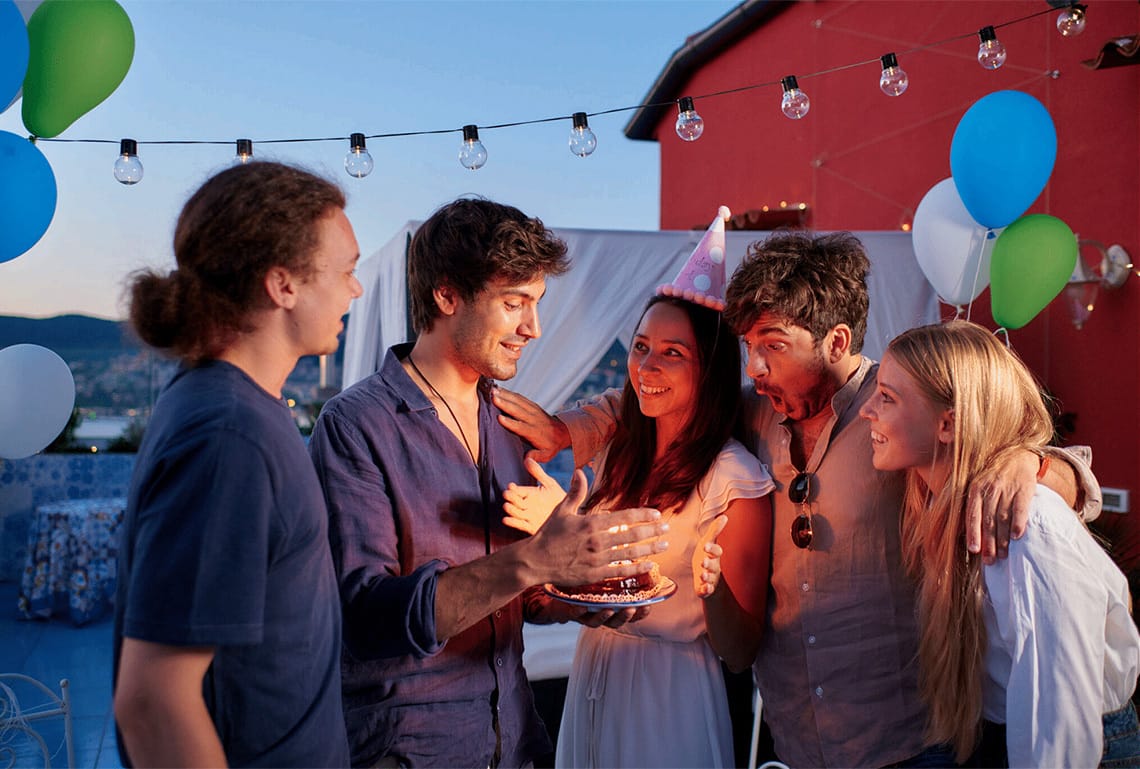


How do you make your lifestyle images feel so alive?
It’s nice to bring out the emotion in people. So this is important, very important, especially to avoid people looking staged. They have to appear natural and like they’re having fun. At the same time, for closeups of faces, even if a lot of poses are static, you have to try to make the people behave as naturally as possible.
If someone wants to have their portrait taken in a field, my suggestion is to avoid asking them to do poses, asking them to stand like this or that. To be honest, I used to do that, and it’s nothing to be ashamed of, but when you're looking at other photographers’ pictures, you will see that staged poses don’t work in these kinds of photos.
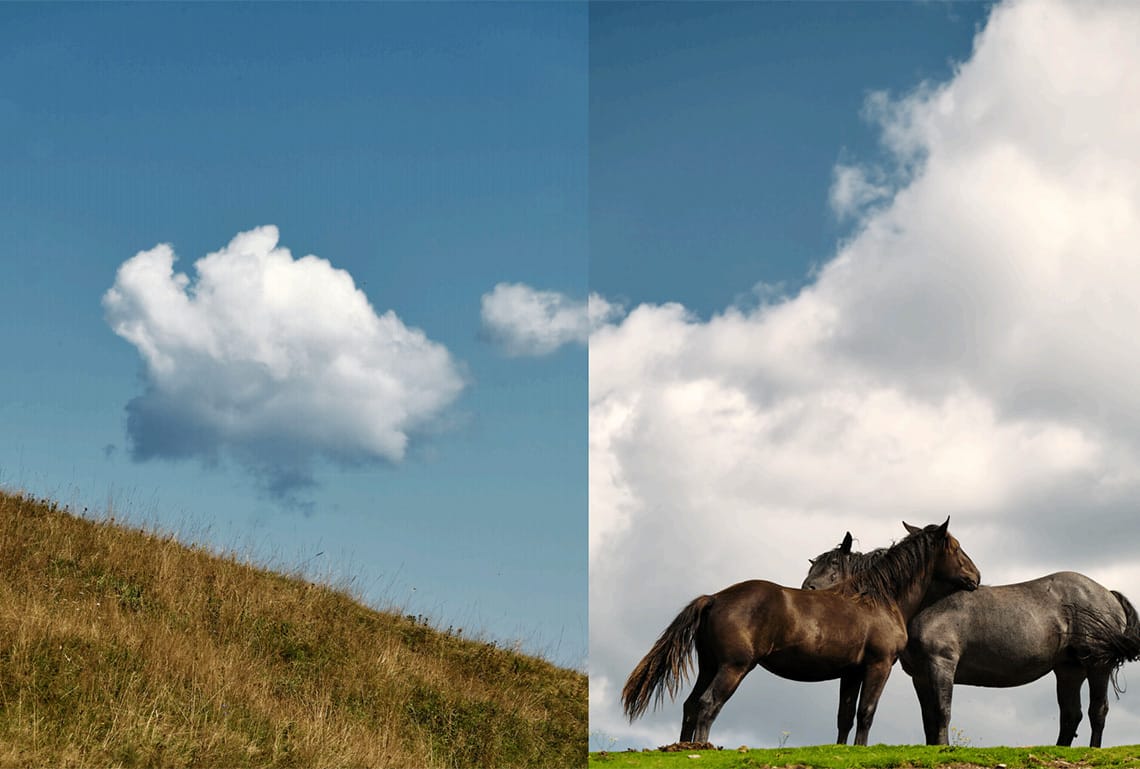
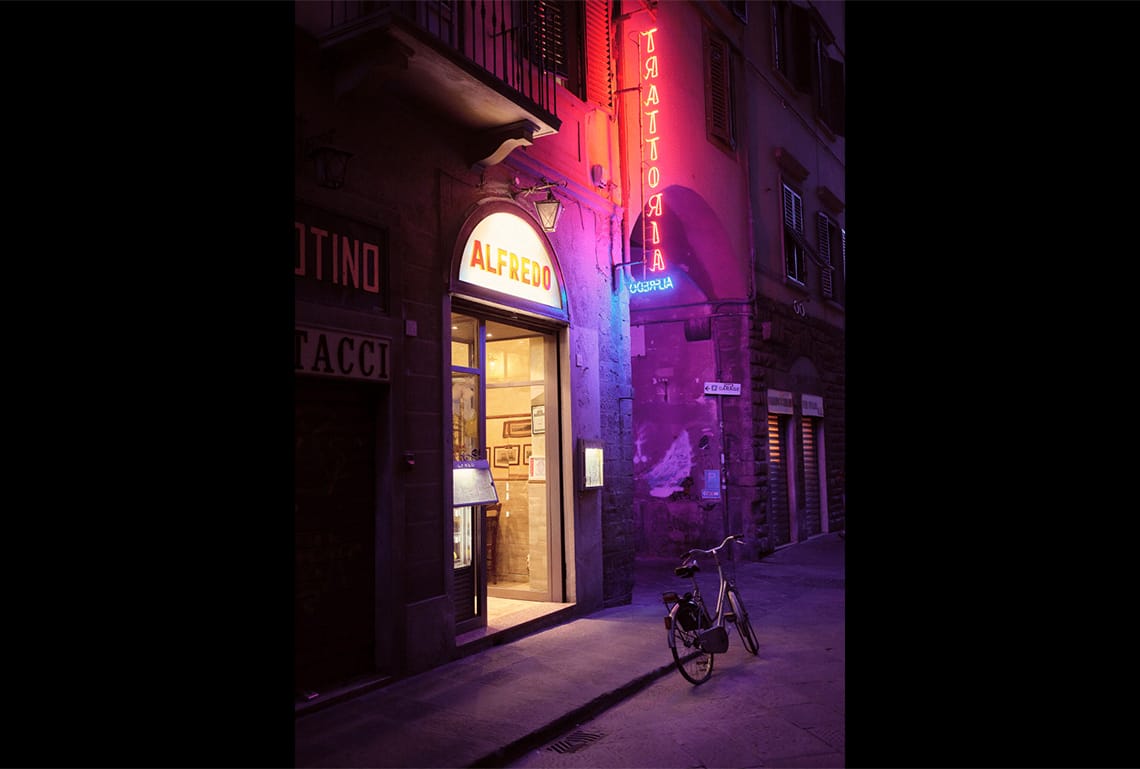
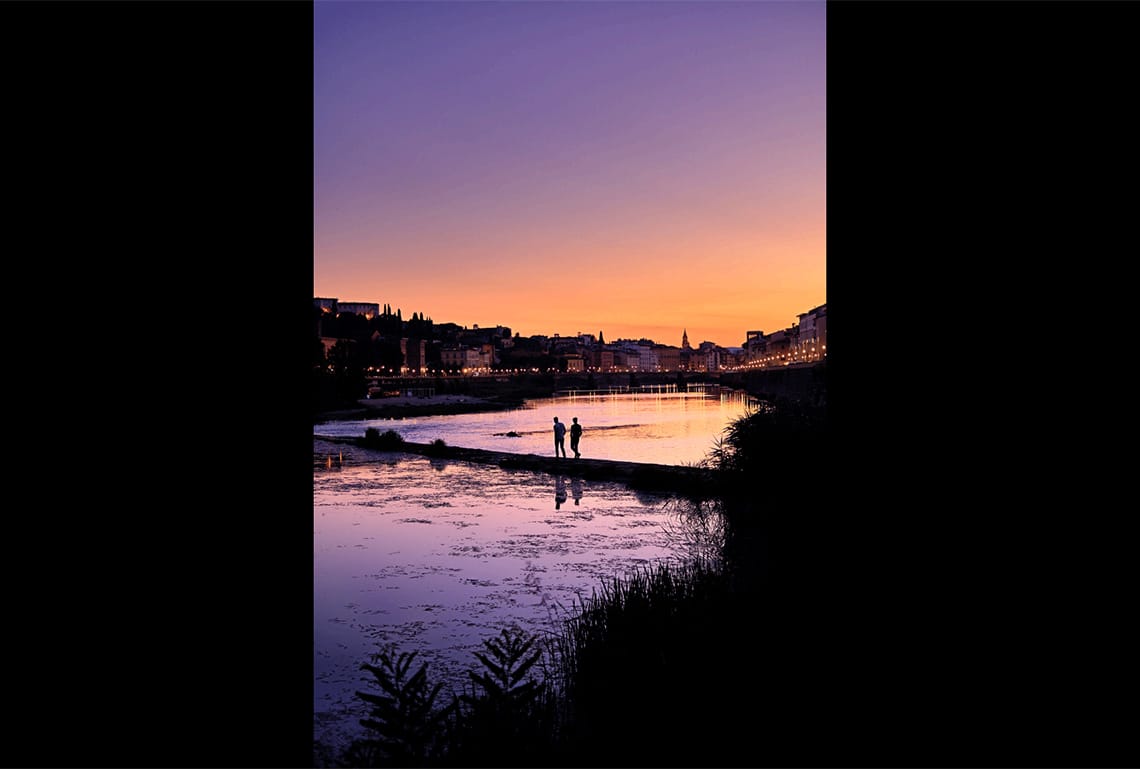

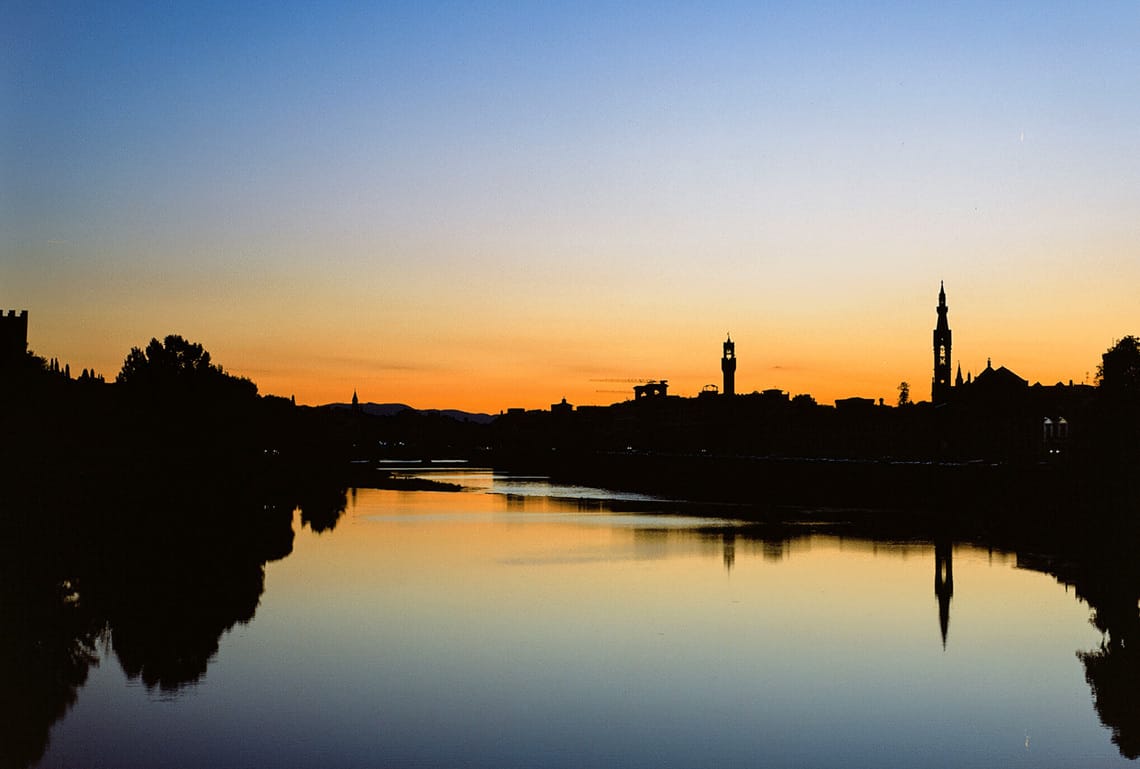
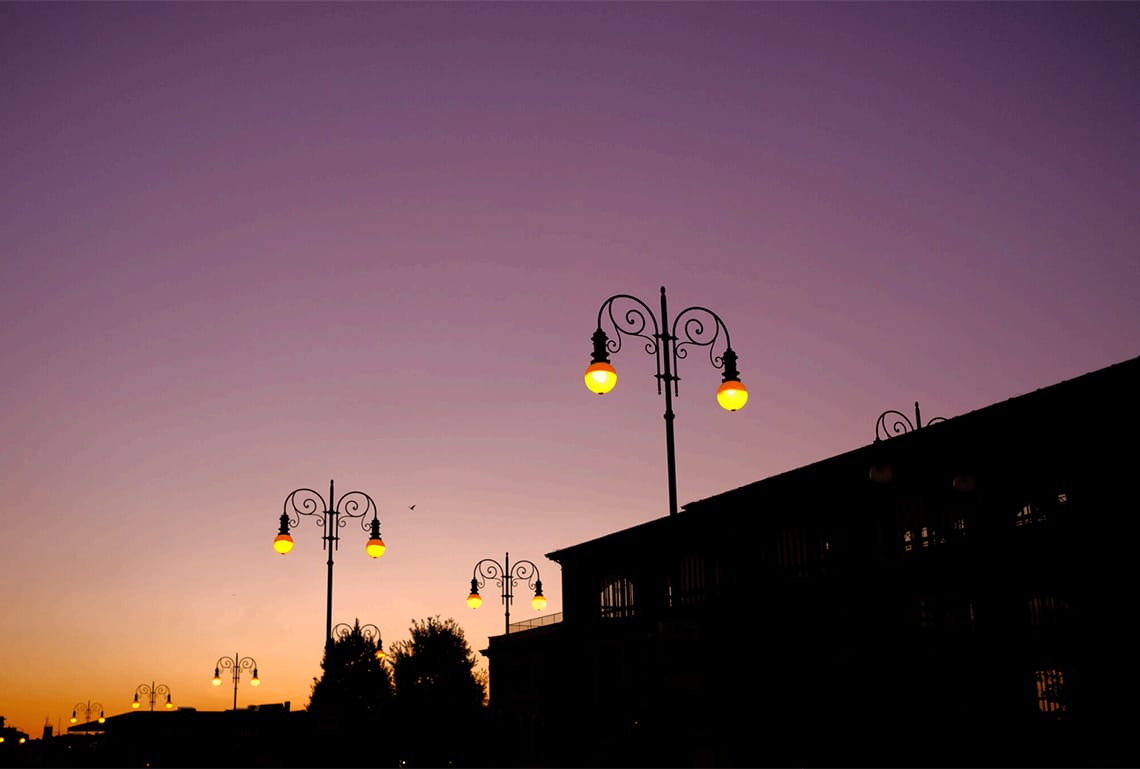


How has your editing style changed over the years?
A mistake I made in the past, and I’m trying to avoid now, is pushing up the saturation too much. When I was looking through my photos, I realized that during the editing stage, I was pushing up the saturation slider and vibrancy. And in general, if you just correct the contrast, you're already pushing the saturation. So my suggestion is just to correct the tones, have a good white point, and a good black point, and maybe increase the contrast a bit, but don't push the saturation up too much. With some images I’ve edited in the past, it was a bit too much. Or maybe now my taste is changing, and now I want strong colors but with a bit less saturation.
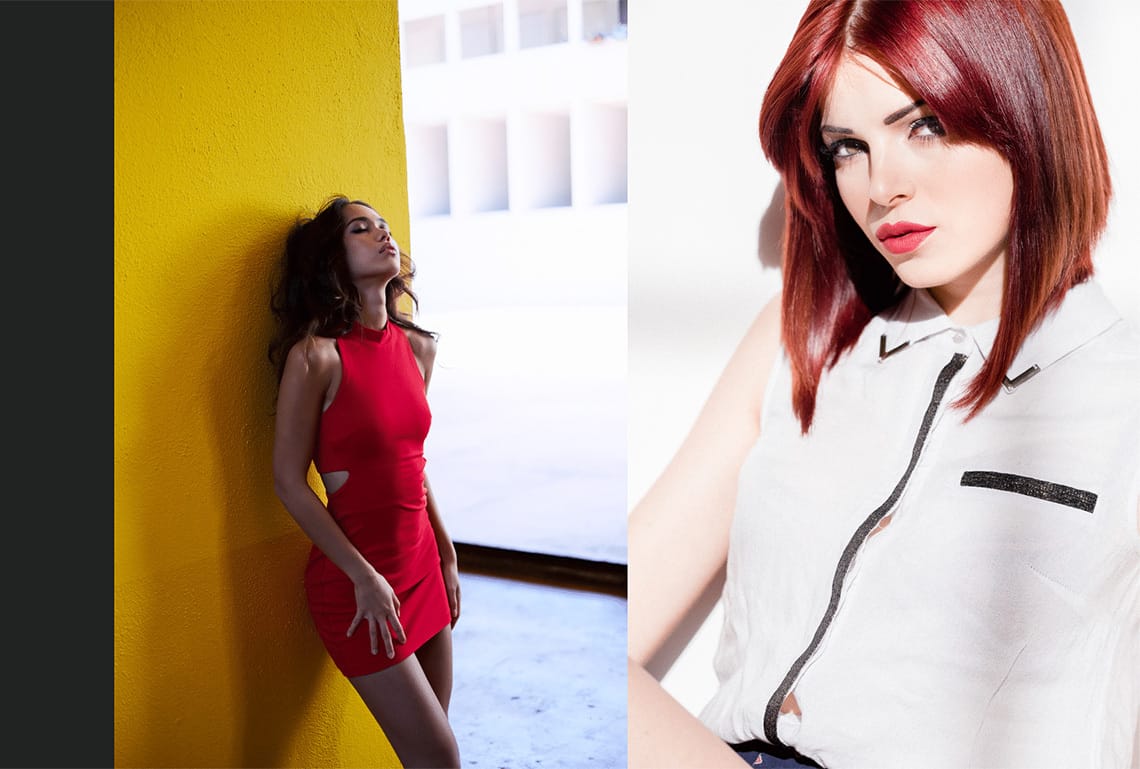
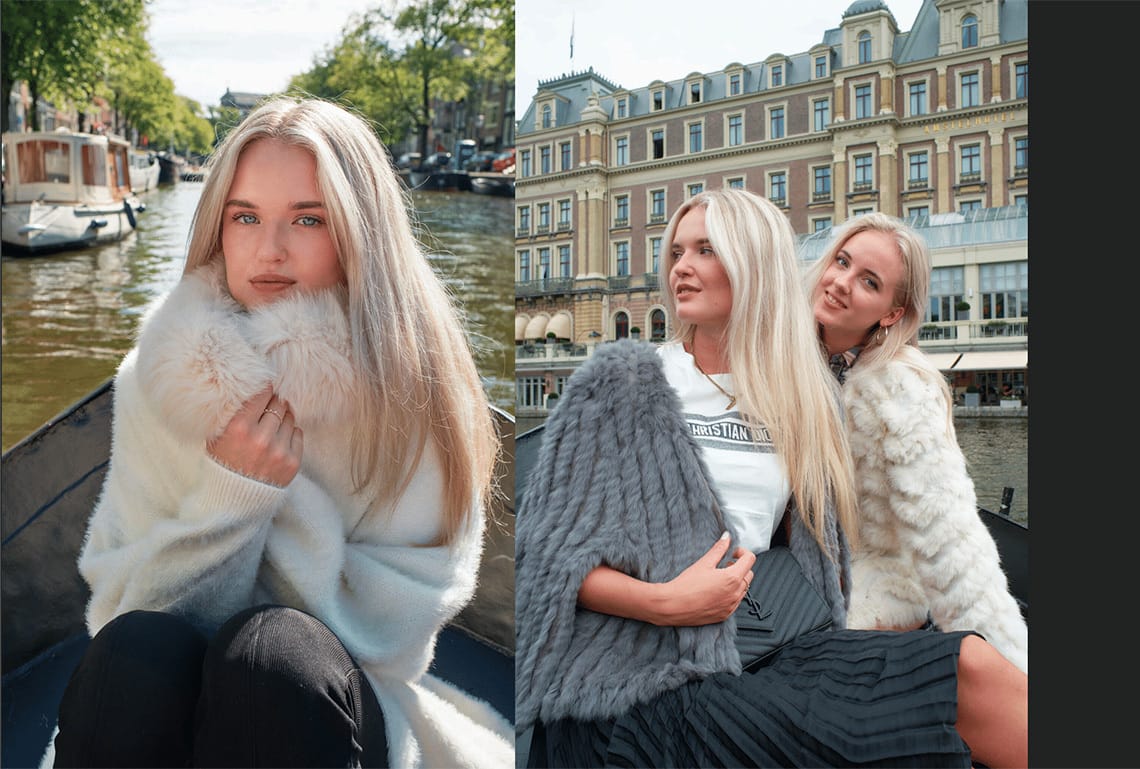


How do you know when a photoshoot has gone well?
For me, the greatest satisfaction is when at the end of a photoshoot, people tell me that they had great fun. To me, that means that people were being natural, and there wasn't any fear of being photographed.
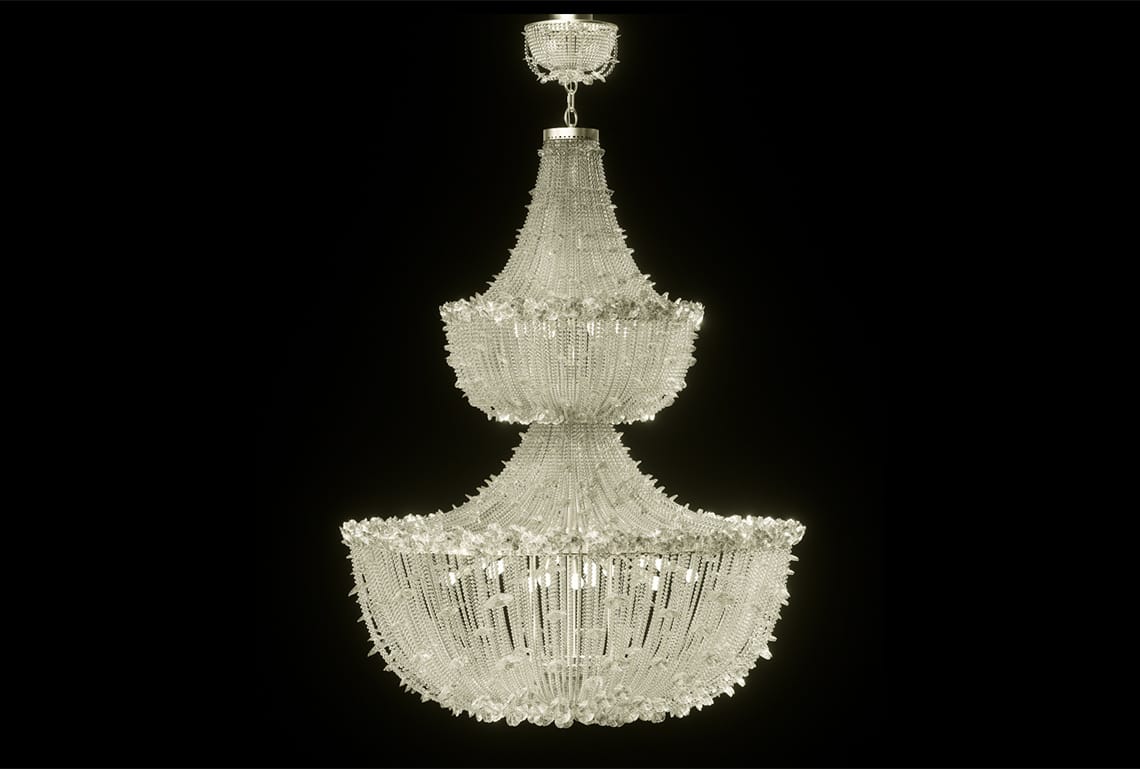
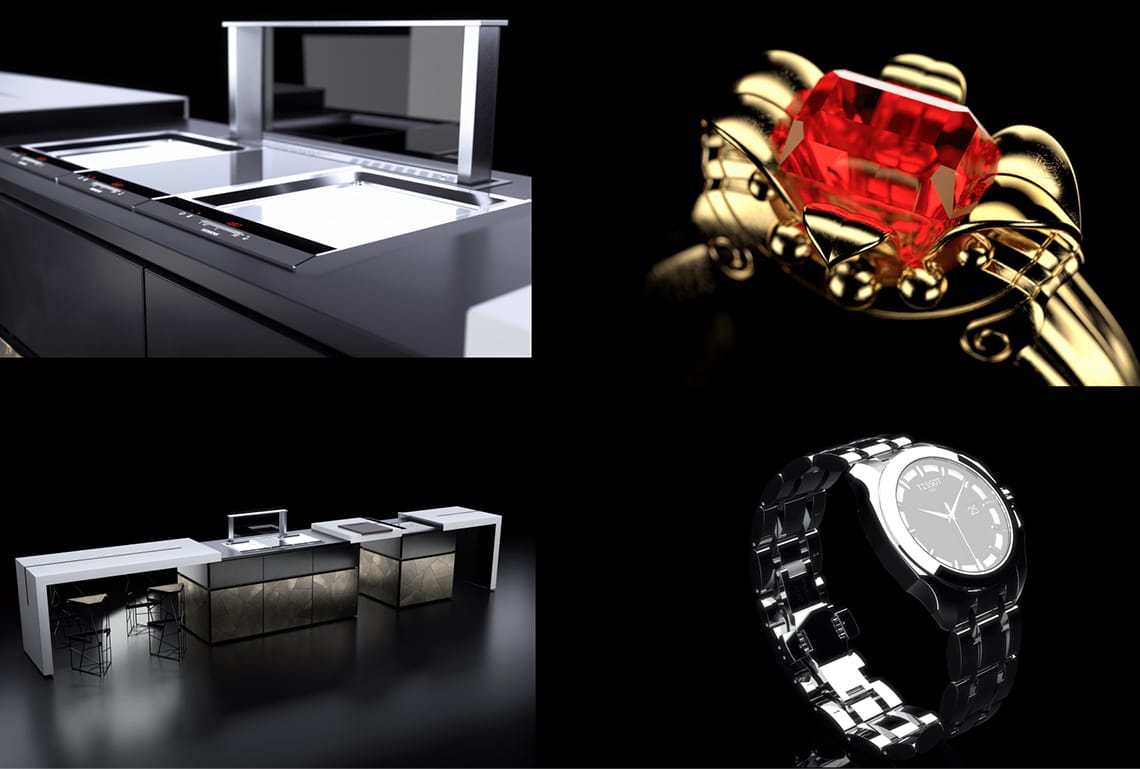



Join the Chaos Campus community
To learn more about Alessandro and his work, check out the entire show by becoming a part of Chaos Campus. As well as diving into interesting conversations with artists from around the world, you can share your work with the community and receive valuable feedback from students, educators, and 3D industry professionals.
Got a keen interest in photography? You’ll be happy to hear that Alessandro Michelazzi and Nikos Nikolopoulos have teamed up to conduct a workshop focusing on creative lighting, fashion posing, color grading, and much more. Register your interest to get notified for further details!
Finally, be sure to check out CG Podcast episode #396 featuring the multi-talented fine art photographer and art director Jingna Zhang. Her artistic journey began with a passion for Manga and playing in a Japanese rock band, and has progressed to producing editorials for top fashion publications like Vogue, and securing clients Mercedes Benz, Canon, and Wacom. Tune in to hear her thoughts on AI, social media, the female gaze, and more.





